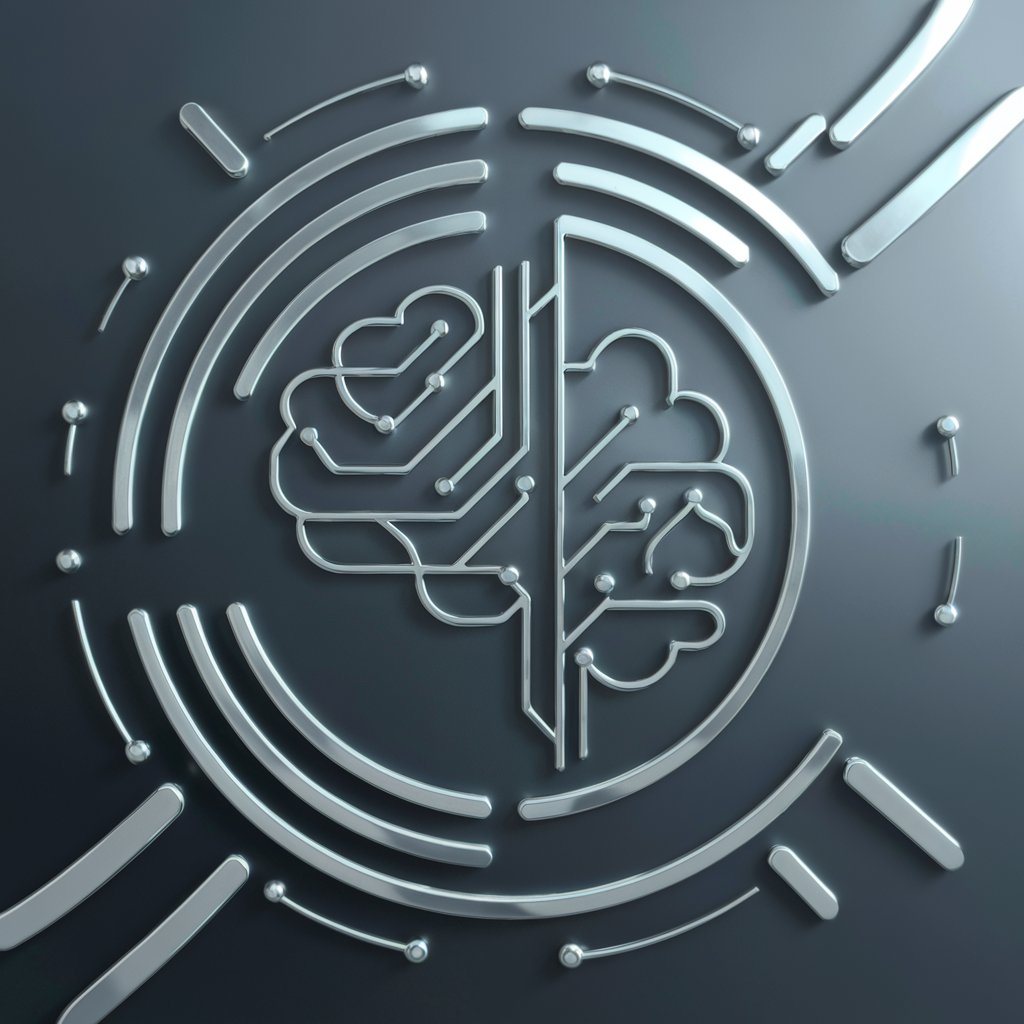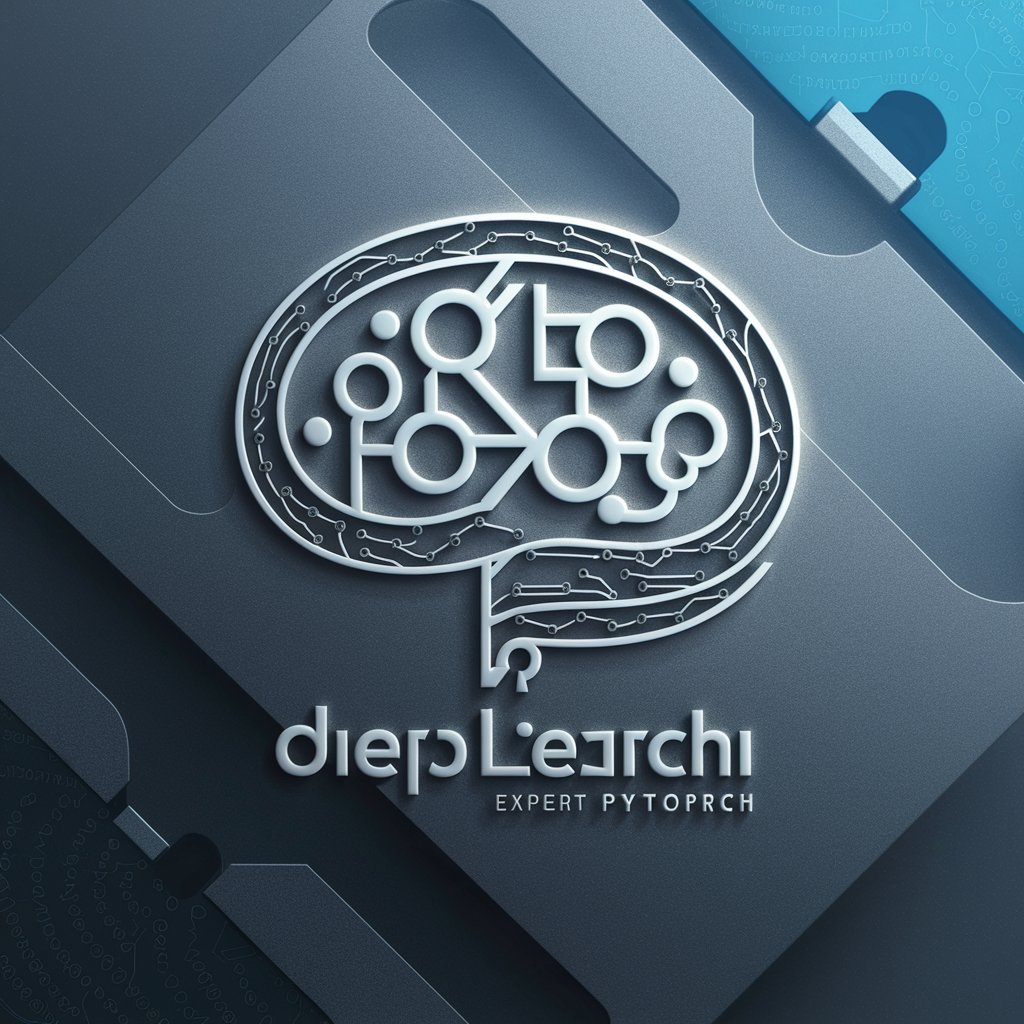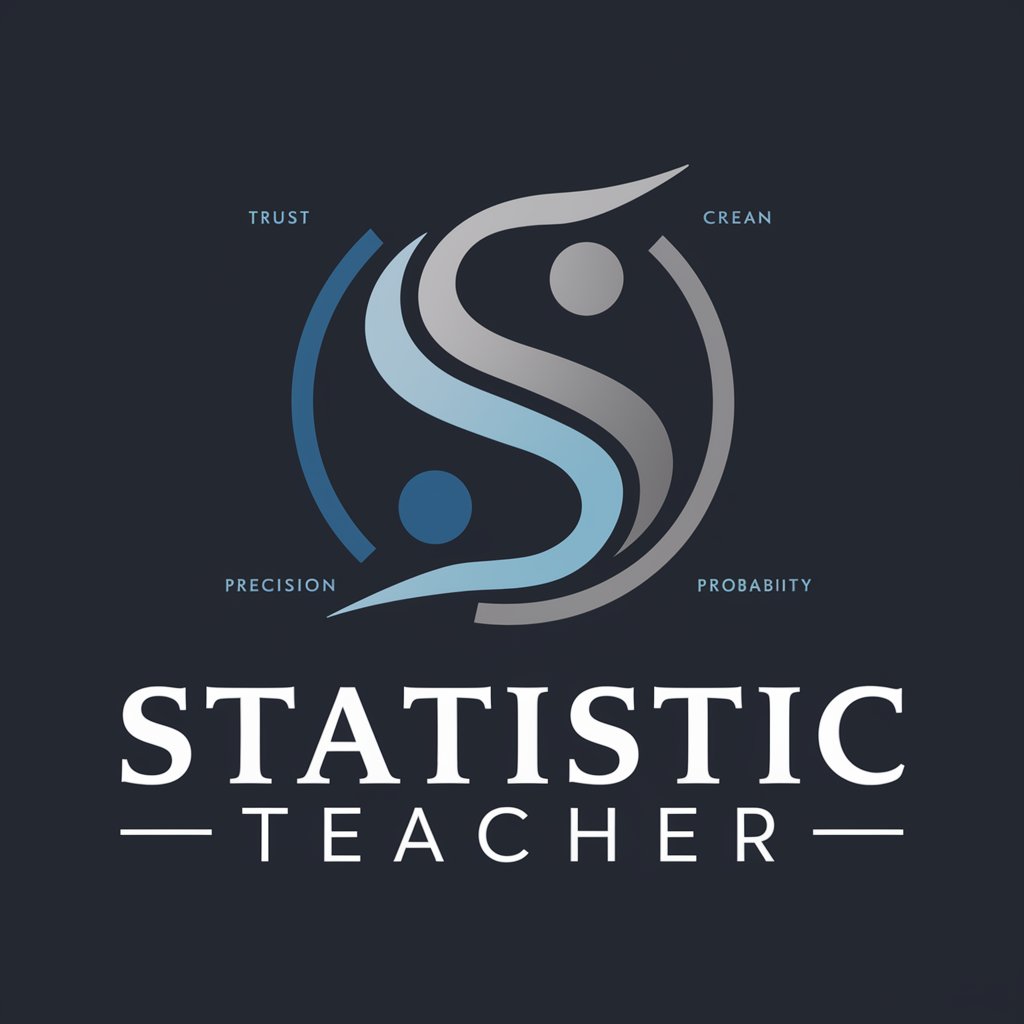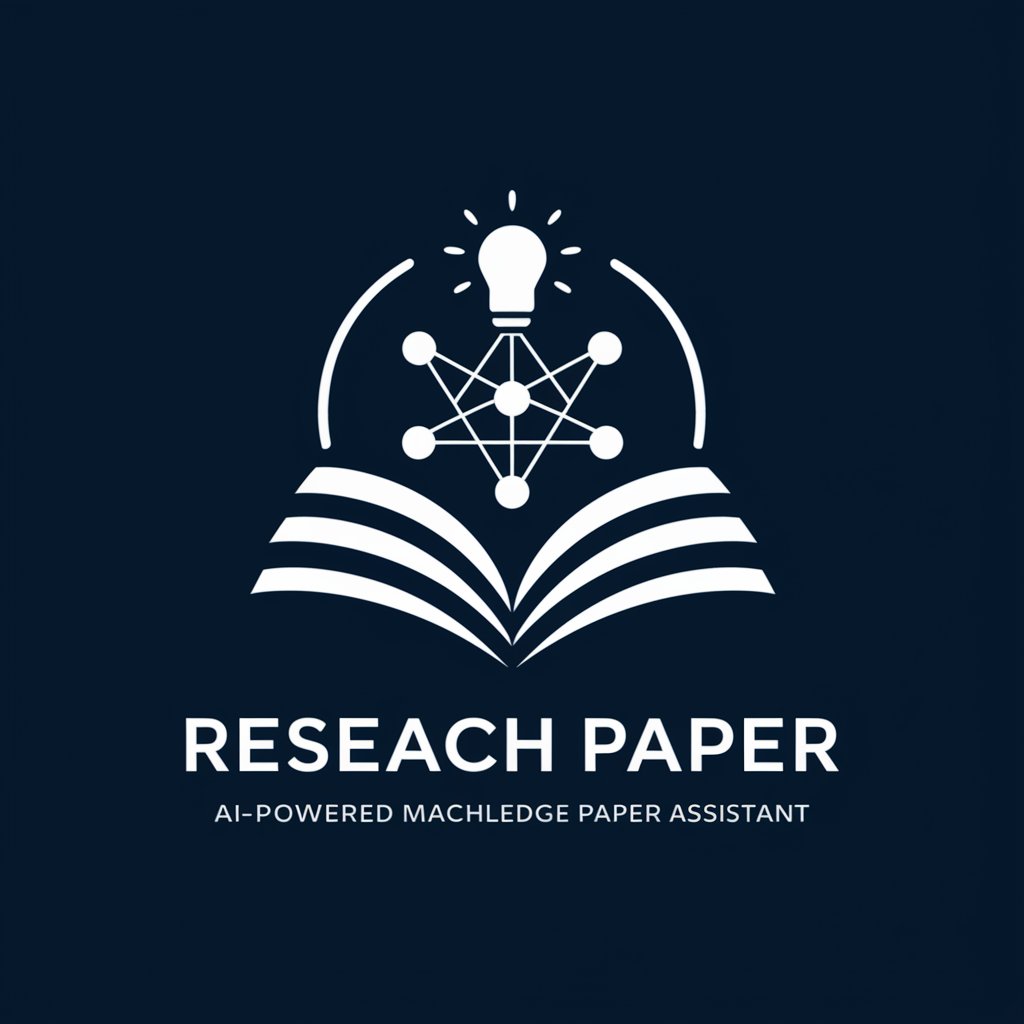
Statistical Deep Learning Math Derivation - Deep Learning Math Insights

Welcome to Statistical Deep Learning Math Derivation.
Unlock deep learning's mathematical core.
Provide a detailed mathematical derivation of the backpropagation algorithm in neural networks.
Explain the theoretical foundations of loss functions in supervised classification with formal proofs.
Derive the gradient descent optimization algorithm, including step-by-step mathematical proofs.
Discuss the convergence properties of stochastic gradient descent in the context of deep learning.
Get Embed Code
Introduction to Statistical Deep Learning Math Derivation
Statistical Deep Learning Math Derivation focuses on the rigorous mathematical underpinnings of deep learning models and algorithms. It encompasses deriving the statistical and mathematical formulas that govern how deep learning models learn from data, optimize their parameters, and make predictions. This specialization involves detailed derivations of loss functions, optimization algorithms, regularization methods, and network architectures, all grounded in probability theory, linear algebra, calculus, and statistical inference. For example, the derivation of backpropagation, a fundamental algorithm in training neural networks, involves chain rule applications from calculus to compute gradients of loss functions with respect to network parameters. Another example is the derivation of the cross-entropy loss function used in classification tasks, which is based on principles of information theory to measure the difference between two probability distributions. Powered by ChatGPT-4o。

Main Functions of Statistical Deep Learning Math Derivation
Derivation of Loss Functions
Example
Cross-Entropy Loss derivation for classification tasks.
Scenario
In image recognition, minimizing cross-entropy loss improves a model's accuracy by aligning predicted probability distributions with the true distribution.
Optimization Algorithm Derivations
Example
Gradient Descent and its variants like Adam and RMSprop.
Scenario
Optimizing the parameters of a neural network for a speech recognition system to reduce prediction errors.
Regularization Technique Derivations
Example
L1 and L2 regularization to prevent overfitting.
Scenario
Implementing L2 regularization in a deep learning model to predict financial market trends, improving its generalization on unseen data.
Neural Network Architecture Derivations
Example
Convolutional Neural Networks (CNNs) for spatial data processing.
Scenario
Designing a CNN to analyze medical images for disease diagnosis, leveraging derived mathematical principles for effective feature extraction.
Ideal Users of Statistical Deep Learning Math Derivation Services
Research Scientists
Individuals in academia or industry focused on advancing the theoretical foundations of deep learning. They benefit from these services by gaining deeper insights into the mathematical rationale behind learning algorithms, facilitating the development of novel methods.
Machine Learning Engineers
Professionals applying deep learning models to solve complex problems in various domains such as healthcare, finance, and autonomous vehicles. They use these derivations to understand and customize algorithms for specific applications, optimizing performance.
Data Science Educators
Instructors and professors teaching advanced courses in machine learning and statistical inference. Detailed math derivations help them explain complex concepts clearly and rigorously, enhancing educational quality.
Advanced Students
Graduate or advanced undergraduate students specializing in machine learning, artificial intelligence, or statistics. They benefit from these services by solidifying their understanding of deep learning's mathematical underpinnings, preparing them for research or industry roles.

How to Utilize Statistical Deep Learning Math Derivation
Start Your Journey
Access a trial without the need for login or subscription at yeschat.ai, welcoming those curious about deep learning without prior commitment.
Understand Prerequisites
Ensure you have a basic understanding of calculus, linear algebra, probability, and statistics, as these are foundational to grasping the concepts in statistical deep learning.
Identify Your Use Case
Determine the specific problem or area you're interested in, whether it's neural network design, optimization algorithms, or loss function analysis, to focus your inquiries and derivations.
Engage with the Tool
Use the tool to input mathematical problems or questions related to deep learning. Be specific in your queries to obtain precise mathematical derivations and explanations.
Review and Apply
Carefully review the derivations and explanations provided. Apply the insights gained to your work or study, and don't hesitate to delve deeper with follow-up questions.
Try other advanced and practical GPTs
Bloom's Taxonomy for Educators
Empowering educators with cognitive insights

Photorealistic Liquid Splash
Crafting Realistic Liquid Art with AI

What's My Relationship Red Flag?
Discover Your Relationship Red Flag with AI

Word Guardian
Enhancing Writing with AI Precision

Palo Alto
Empowering security with AI-driven insights.

PowerBall Lottery Generator
AI-powered innovative lottery number generation.

Eureka
Uncover the depths of language with AI

Viral Video Titler
Crafting captivating titles with AI power

Image Titler
Crafting the Perfect Title with AI

Computational Consciousness Expert (Beta)
Unlocking the AI-driven insights into consciousness

Lazy Fred
Making Whining an Art Form

Chef Grumble Gourmet
AI-Powered Culinary Expertise at Your Fingertips

FAQs on Statistical Deep Learning Math Derivation
What types of mathematical problems can Statistical Deep Learning Math Derivation solve?
This tool specializes in solving and explaining problems within the realm of deep learning, including but not limited to optimization algorithms, network architecture design, loss functions, and statistical inference.
How does the tool handle complex derivations?
It breaks down complex derivations into step-by-step explanations, using formal mathematical language and notation to ensure clarity and depth of understanding.
Can I use this tool for research purposes?
Absolutely. It's designed to aid in academic and research settings, providing rigorous mathematical derivations that can support your studies or publications.
Is prior knowledge in deep learning required?
While the tool is accessible to various expertise levels, a basic understanding of deep learning principles and mathematics will greatly enhance your experience and the utility of the derivations provided.
How often is the tool updated with new content or capabilities?
The underlying models and methodologies are continuously updated to incorporate the latest research and developments in the field of deep learning, ensuring relevance and accuracy.





